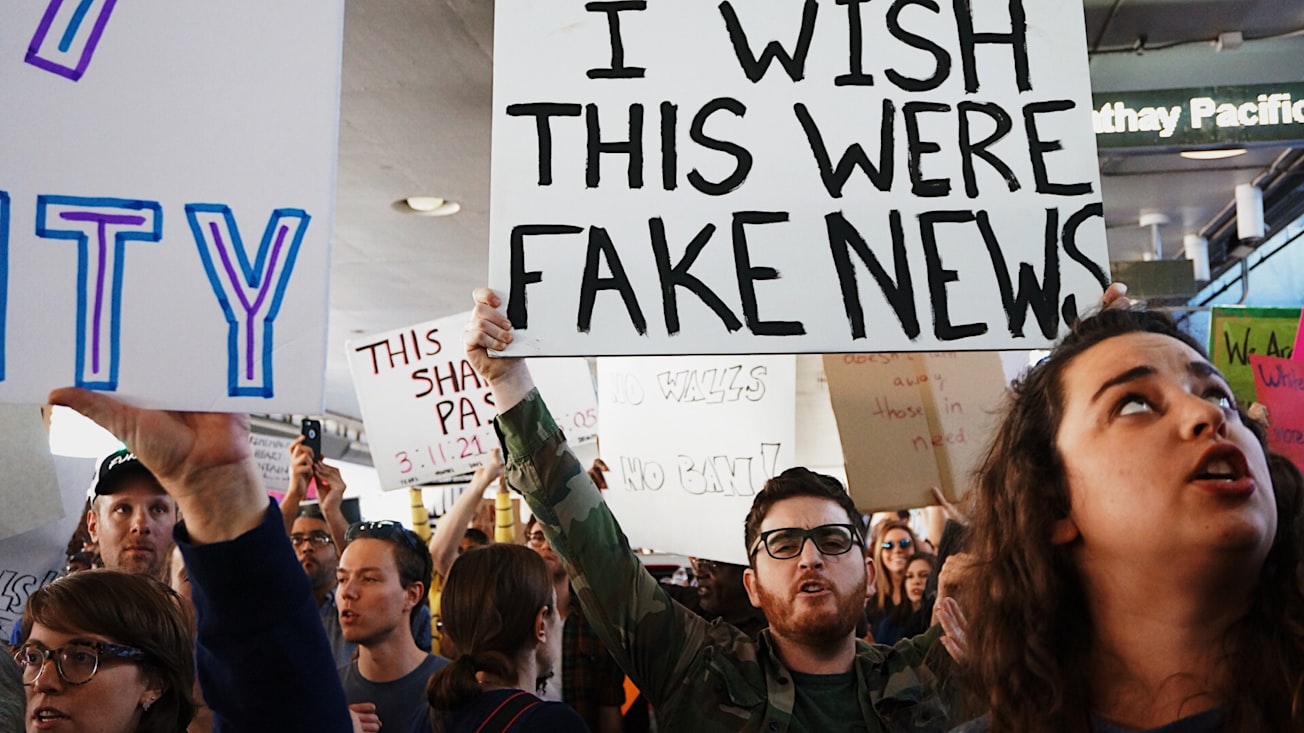What is it about?
While truckloads of online information are continuously being created, their quality can vary intensely from fact to fiction. This is mainly because they are neither always created by domain experts nor guaranteed to be scrutinized by vigilant gatekeepers. Perhaps unsurprisingly, online falsehood is known to sprout as a digital weed on the fertile soil of technology. Here is the explanation how the issue of online falsehood has now turned into a problem for the digital society. While this chapter has proposed a typology of online falsehood, it also concludes with an urgent call to combat online falsehood. Pal, A., & Banerjee, S. (2019). Understanding online falsehood from the perspective of social problem. In I. Chiluwa, & S. Samoilenko (Eds.), Handbook of Research on Deception, Fake News, and Misinformation Online (pp. 1-17). IGI Global. [ISBN: 9781522585350]
Featured Image

Photo by Kayla Velasquez on Unsplash
Why is it important?
The paper proposes a typology of online falsehood along two dimensions: intention to deceive, and the nature of content. When it comes to intention, falsehood could be either deliberate or unintentional. When false information is disseminated deliberately to deceive for reasons such as financial gains, it is known as disinformation. However, when the act of inadvertent sharing is involved, it is referred to as misinformation. The nature of content could include either creating bogus information from scratch, taking genuine information and putting it out of context, or taking genuine information and tweaking it in the same context. These can be referred as fabrication, context-isolation, and manipulation respectively. In sum, online falsehood can be one of the following: (1) Disinformative fabrication (2) Disinformative context-isolation (3) Disinformative manipulation (4) Misinformative fabrication (5) Misinformative context-isolation (6) Misinformative manipulation
Perspectives
The paper reflects on While truckloads of online information are continuously being created, their quality can vary drastically from verified facts to fake news. This is mainly because they are neither always created by domain experts nor guaranteed to be scrutinized by vigilant gatekeepers. Perhaps unsurprisingly, online falsehood is known to sprout as a digital weed on the fertile soil of technology. In this article with Dr. Snehasish Banerjee, we show how online falsehood has now become a menacing problem for the digital society.
Dr Anjan Pal
University of York
Read the Original
This page is a summary of: Understanding Online Falsehood From the Perspective of Social Problem, January 2019, IGI Global,
DOI: 10.4018/978-1-5225-8535-0.ch001.
You can read the full text:
Contributors
The following have contributed to this page







